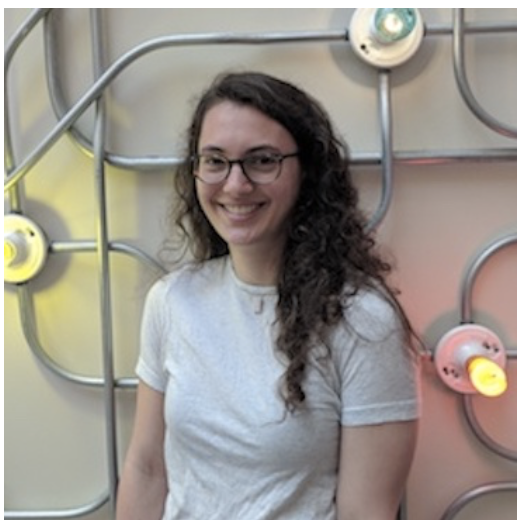It’s morning in Harlem and John and Jenna are in search of breakfast. I guess no one told them about how good New York bagels are since they end up at Dunkin Donuts and a nearby juice bar. They’ve come to New York from San Francisco because they have been awarded Krios time from NCCAT at NYSBC, something that eluded them back in San Francisco. Although the University of California San Francisco (UCSF) has two Krios microscopes, getting time on them is very difficult and is a significant bottleneck in their research program.
John Lee is a post doc in James Fraser’s lab in the department of Bioengineering and Therapeutic Sciences at UCSF. He is learning CryoEM, after making the jump from NMR and X-Ray crystallography. As a kid he liked to take things apart to find out how they worked and now gets to do that professionally with ribosomes and proteins. Jenna Pellegrino is in her second year of graduate school and recently passed her qualifying exams. She is working with John on a collaboration with Professor Ian Seiple’s lab that aims to explore the structural implications of modifying the ribosome-binding streptogramin A antibiotics and studying them in the context of resistance. CryoEM has made the structural biology side of this project possible, allowing them to turn around maps very quickly, that is if they can collect the data. It was fortunate for them that they saw the NIH announcement for three new CryoEM user access facilities – to which they applied right away.
John and Jenna were able to come on site, which not only allowed them to collect their data but also to learn Leginon and some of the high-level theory behind CryoEM as well as how to troubleshoot issues in real-time. They collected enough data in two and a half days to get two sub 3Å reconstructed maps. Since then a paper has been written up and a preprint is available on chemRxiv.
With one of the major limitations solved, John and Jenna are free to deal with the next bottleneck in their project, whatever that may be.


